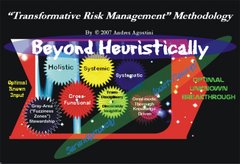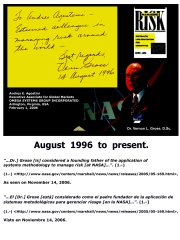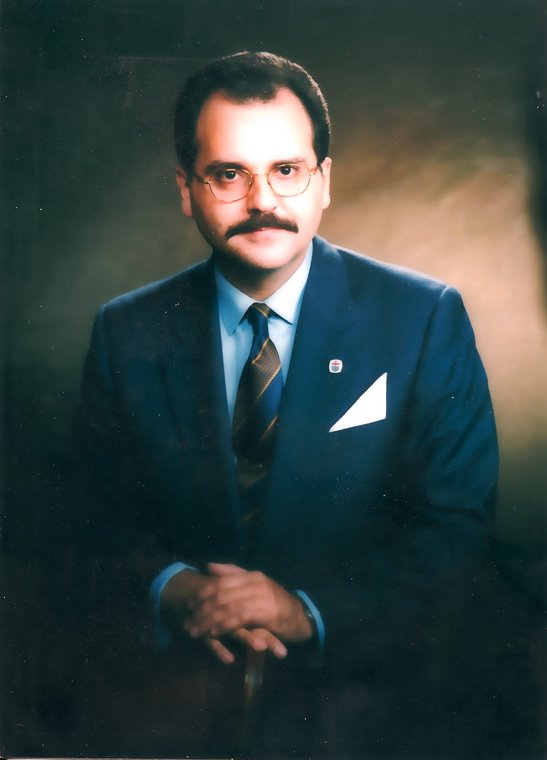The mental scars of war are often far more debilitating than the many physical injuries that servicemen and women pick up during combat. But a new virtual war simulation may help veterans recover from post-traumatic stress disorder (PTSD).
Researchers at the University of California have estimated that a quarter of the 100,000 servicemen returning from duty in Afghanistan and Iraq between 2001 and 2005 have received at least one mental health diagnosis. Of those 25,000 veterans, over half were suffering from PTSD.
PTSD is often a highly disabling condition. Initially it is characterized by symptoms of flashbacks, hyper-vigilance, insomnia, nightmares, emotional numbness and an incapacity to continue normal relationships.
In the long term sufferers may experience anything from memory problems to depression, general anxiety disorder or bipolar disorder.
A new virtual simulation currently being trialed aims to treat returning war veterans in a unique way. The "Virtual Iraq" simulation has been developed at the University of Southern California's (USC) Institute for Creative Technologies by Scientist's Albert "Skip" Rizzo and Jarrell Pair.
The exposure therapy program, which took the graphic assets from the Xbox game "Full Spectrum Warrior," recreates the sights and sounds, even the smells and physical jolts of the battlefield allowing soldiers to relive and ultimately confront their psychological traumas.
On the USC program patients talk through their trauma with a therapist whilst wearing goggles, which immerse them in a virtual reality battlefield. The therapist controls and adapts the environment, adding sights, smells and sounds, if agreed by the patient. These can include roadside bombs, specific odors such as gunpowder, cordite, burning rubber, Iraqi spices and body odor, and targeted sounds such as gunfire and helicopters buzzing overhead. So far four of those treated have responded positively and seen an improvement in their symptoms.
"This is not a passive therapy where patients simply sit back and are exposed to war scenes," explained Rizzo last February at the annual meeting of the American Association for the Advancement of Science. "The patient re-lives their experiences but in a safe and supportive environment. We are not in the business of re-traumatizing people. We take it very, very cautiously."
Professor Paul Sharkey, a Director of the University of Reading's Visualization Center has been working on the project with USC since September 2006. He explained the delicacy of the work to CNN. "Just looking at the room can trigger memories," he said, "Through asking patients to wear headsets, there is a potential risk of heightening trauma as this may remind them of putting on a helmet or night-vision goggles."
The initial phase of the UK project has focused on the display technologies, which are different from the ones currently used in the U.S.
The University of Reading's CAVE (Cave Automatic Virtual Environment) based system "ReaCTor" is a room-sized, high-resolution 3-D video and audio environment and allows users to interact more realistically with the computer simulated environment.
Currently Professor Sharkey is engaged in discussions with a psychiatrist at the Royal Berkshire Hospital's stress clinic and hopes to conduct a presentation at a Ministry of Defense mental health conference in July. He is optimistic that he can convince officials in the Armed Forces of the system's efficacy and establish a full program in the near future.
Professor Sharkey is hopeful that within five years the program will have moved to the stage where the sessions can be conducted in the patient's home, with a direct link to a therapist via an Internet connection. Not only would this afford the patient a more private and familiar environment, but would also provide a more cost-effective (around $10,000) and efficient method of delivery.
Virtual reality's therapeutic effects are being discovered by scientists all the time. Professor Yoram Baram of the Technion Faculty of Computer Science in Haifa, Israel has developed a gadget for people who have a physical disability.
Patients are fitted with a small device attached to their clothing which is rigged up to eye-goggles. The patient sees a tiled floor which provides continuous, stabilizing information which over time improves balance and safeguards against stumbling.
Sufferers from multiple sclerosis, Parkinson's disease and patients recovering from a stroke have shown improvements in their stability. The device is the first of its kind to respond to a patient's motions.
Dr William Harwin, a colleague of Professor Sharkey's at the University of Reading, has been leading research into haptic (the sense of touch) technologies, which are helping to restore feel and mobility in people with disabilities. Patient's fingers are placed into mechanically controlled thimbles which allow them to touch virtual 3-D objects displayed on a monitor. These new physiotherapy programs have been clinically trialled at hospitals in Reading and Dublin.
"Virtual reality," explains Professor Sharkey, "is considered by many to be just a visual experience. But in reality, the subject area also covers audio experiences, smell and touch."
Researchers at the University of California have estimated that a quarter of the 100,000 servicemen returning from duty in Afghanistan and Iraq between 2001 and 2005 have received at least one mental health diagnosis. Of those 25,000 veterans, over half were suffering from PTSD.
PTSD is often a highly disabling condition. Initially it is characterized by symptoms of flashbacks, hyper-vigilance, insomnia, nightmares, emotional numbness and an incapacity to continue normal relationships.
In the long term sufferers may experience anything from memory problems to depression, general anxiety disorder or bipolar disorder.
A new virtual simulation currently being trialed aims to treat returning war veterans in a unique way. The "Virtual Iraq" simulation has been developed at the University of Southern California's (USC) Institute for Creative Technologies by Scientist's Albert "Skip" Rizzo and Jarrell Pair.
The exposure therapy program, which took the graphic assets from the Xbox game "Full Spectrum Warrior," recreates the sights and sounds, even the smells and physical jolts of the battlefield allowing soldiers to relive and ultimately confront their psychological traumas.
On the USC program patients talk through their trauma with a therapist whilst wearing goggles, which immerse them in a virtual reality battlefield. The therapist controls and adapts the environment, adding sights, smells and sounds, if agreed by the patient. These can include roadside bombs, specific odors such as gunpowder, cordite, burning rubber, Iraqi spices and body odor, and targeted sounds such as gunfire and helicopters buzzing overhead. So far four of those treated have responded positively and seen an improvement in their symptoms.
"This is not a passive therapy where patients simply sit back and are exposed to war scenes," explained Rizzo last February at the annual meeting of the American Association for the Advancement of Science. "The patient re-lives their experiences but in a safe and supportive environment. We are not in the business of re-traumatizing people. We take it very, very cautiously."
Professor Paul Sharkey, a Director of the University of Reading's Visualization Center has been working on the project with USC since September 2006. He explained the delicacy of the work to CNN. "Just looking at the room can trigger memories," he said, "Through asking patients to wear headsets, there is a potential risk of heightening trauma as this may remind them of putting on a helmet or night-vision goggles."
The initial phase of the UK project has focused on the display technologies, which are different from the ones currently used in the U.S.
The University of Reading's CAVE (Cave Automatic Virtual Environment) based system "ReaCTor" is a room-sized, high-resolution 3-D video and audio environment and allows users to interact more realistically with the computer simulated environment.
Currently Professor Sharkey is engaged in discussions with a psychiatrist at the Royal Berkshire Hospital's stress clinic and hopes to conduct a presentation at a Ministry of Defense mental health conference in July. He is optimistic that he can convince officials in the Armed Forces of the system's efficacy and establish a full program in the near future.
Professor Sharkey is hopeful that within five years the program will have moved to the stage where the sessions can be conducted in the patient's home, with a direct link to a therapist via an Internet connection. Not only would this afford the patient a more private and familiar environment, but would also provide a more cost-effective (around $10,000) and efficient method of delivery.
Virtual reality's therapeutic effects are being discovered by scientists all the time. Professor Yoram Baram of the Technion Faculty of Computer Science in Haifa, Israel has developed a gadget for people who have a physical disability.
Patients are fitted with a small device attached to their clothing which is rigged up to eye-goggles. The patient sees a tiled floor which provides continuous, stabilizing information which over time improves balance and safeguards against stumbling.
Sufferers from multiple sclerosis, Parkinson's disease and patients recovering from a stroke have shown improvements in their stability. The device is the first of its kind to respond to a patient's motions.
Dr William Harwin, a colleague of Professor Sharkey's at the University of Reading, has been leading research into haptic (the sense of touch) technologies, which are helping to restore feel and mobility in people with disabilities. Patient's fingers are placed into mechanically controlled thimbles which allow them to touch virtual 3-D objects displayed on a monitor. These new physiotherapy programs have been clinically trialled at hospitals in Reading and Dublin.
"Virtual reality," explains Professor Sharkey, "is considered by many to be just a visual experience. But in reality, the subject area also covers audio experiences, smell and touch."






No comments:
Post a Comment